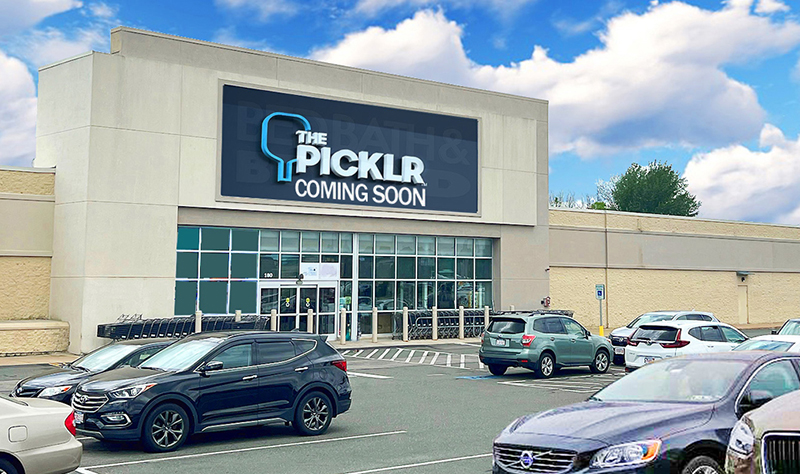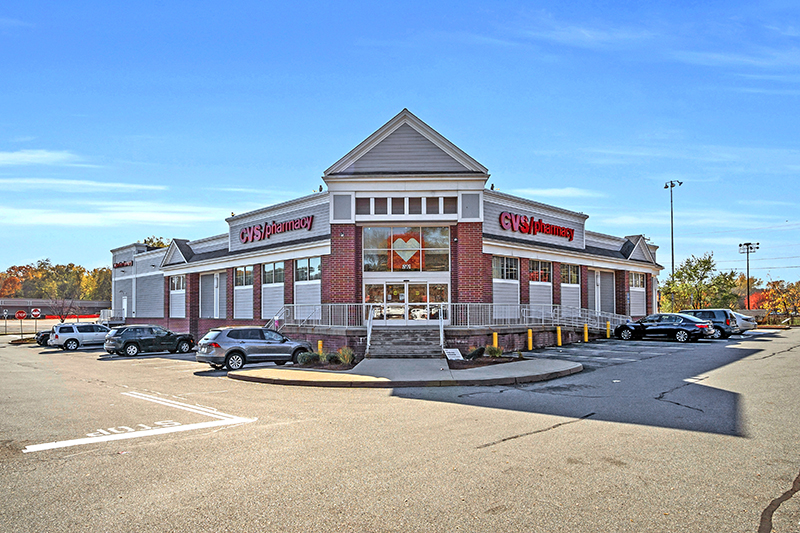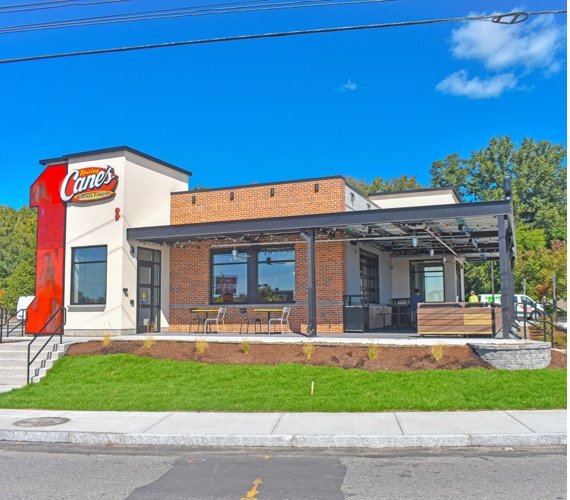News: Retail
Posted: August 23, 2012
Investors target secondary and tertiary retail centers as market shifts
Investors have expressed greater interest in multi-tenanted retail properties throughout the Northeast this year, which indicates a significant market shift. In previous years, investment activity was primarily focused on core assets, such as grocery-anchored centers in major primary markets with pricing for these core assets rivaling sales prices achieved during the late 2005-2007 era.
This year, pricing has exceeded the boom times of the mid-2000s. Clearly, institutional capital is fleeing to safety, whether those are multifamily properties or office properties located in central business districts. While many analysts believed that these high price points could not be sustained, they continue to climb higher and cap rates continue to compress due to the lack of quality properties on the market and limited new construction as the CRE industry enters the fourth quarter.
As a result, other sectors of the retail property market have been impacted. In particular, second-tier grocery-anchored centers are now selling at higher prices, and cap rates for these types of assets have also compressed. During the Great Recession, investment activity was fairly limited to trades of core assets and distressed properties. Several funds have been raised for the distressed properties that were supposed to come to market, but there has only been a trickle of REO or foreclosed properties that actually came to market. More than $43 billion in CMBS loans are coming due this year and over $100 billion are expected to come due in 2013. Instead of seeing a high amount of foreclosures, lenders have chosen to 'extend and pretend' by doing workouts with existing borrowers.
Clearly, investors currently face a shortage of quality retail product on the market. Because so much money is chasing value-added deals, investors are aggressively pursuing any transaction with the potential for turnaround. Due to the lack of available commercial real estate assets, several retail properties listed by Marcus & Millichap have been involved in bidding wars, in which a number of these deals have actually sold over their asking price. For example, Marcus & Millichap recently sold a 235,400 s/f community center in a secondary location, which was 60% vacant. Several all-cash buyers bid over the asking price, executing a contract with non-refundable money.
Investors have also started to express interest in secondary and tertiary stabilized properties, which are moving to market as lenders make more funds available and the CMBS market reemerges. In part, this shift is being fueled by the disconnection between the spread of available funds and cap rates. Owners cannot borrow 80% of a property's value like they could during the mid-2000s, but they can borrow 60 to 70% of its value, which typically results in double-digit returns. In the past, spreads between available financing and cap rates averaged approximately 200 basis points. Today, spreads can exceed 400 basis points. For instance, Marcus & Millichap recently sold a stabilized, non-core asset in Rocky Hill, Conn. The borrower successfully secured a 4% interest rate. Even though this deal was financed at 70% debt, the spread between the cap rate and interest rate was high enough that the return still registered in the double digits. Currently, deals are under contract with cap-rate compression due to the lack of quality shopping centers on the market and as more funds have become available from lenders.
Triple-net single-tenant retail assets performed well during the recession, and they are currently securing among the lowest cap rates in the entire commercial real estate sector. In fact, investment activity for these credit-tenant assets was one of the only positive aspects of the market during 2009 through early 2011, since this segment attracts not just real estate owners, but other types of investors looking for high returns. These transactions function similar to bonds, providing investors with returns between 4 and 12%, depending on the quality of the tenant and the length of the lease. In 2012, cap rates have compressed on quality net-leased properties as well. For example, a ground-leased McDonald's recently traded in the low 4% range, which is a substantially lower cap rate than most sellers could have attained a year ago.
Barring a significant disruption to the capital markets, the retail investment sector is expected to remain strong throughout the remainder of 2012 and into 2013, as even more funds chase acquisition opportunities throughout New England and along the East Coast.
Joseph French is a senior director of the National Retail Group of Marcus & Millichap Real Estate Investment Services, White Plains, N.Y.
Tags:
Retail
MORE FROM Retail
Mace of KeyPoint Partners negotiates 36,192 s/f lease for The Picklr at Endicott Square
Danvers, MA KeyPoint Partners (KPP) negotiated a lease with the nation’s premier indoor pickleball venue The Picklr at Endicott Sq. Vice president of retail brokerage Don Mace negotiated the transaction on behalf of the landlord.





.jpg)


